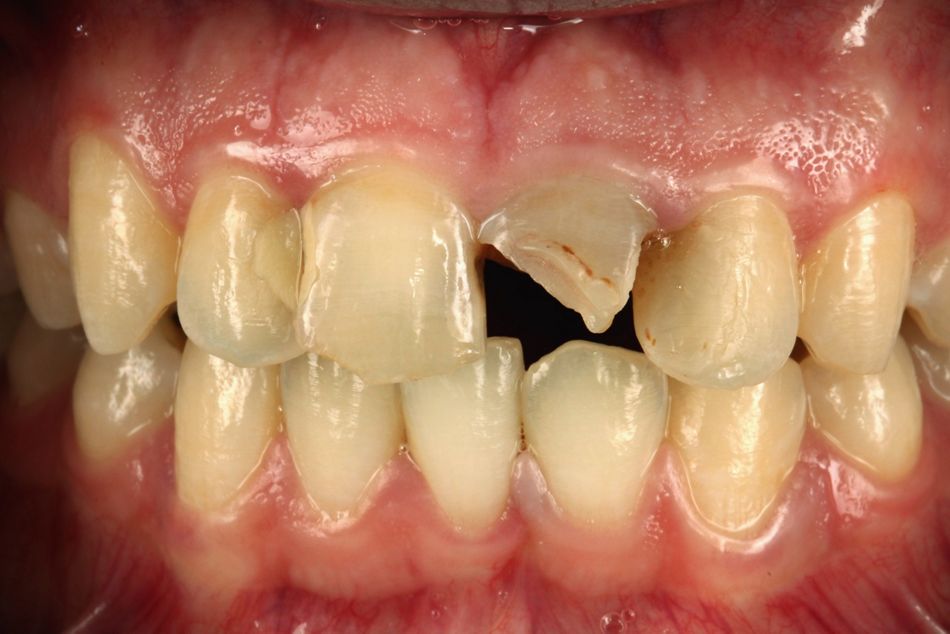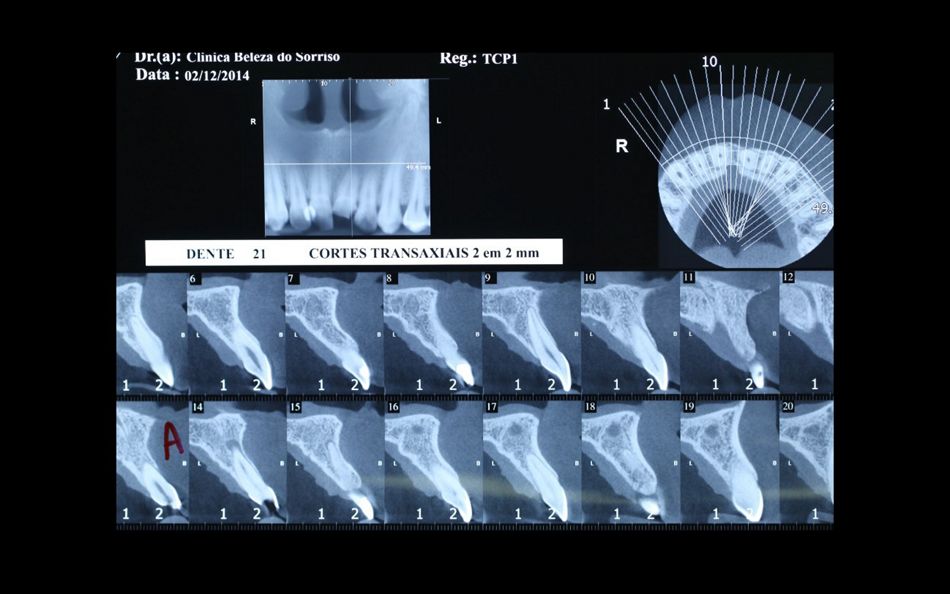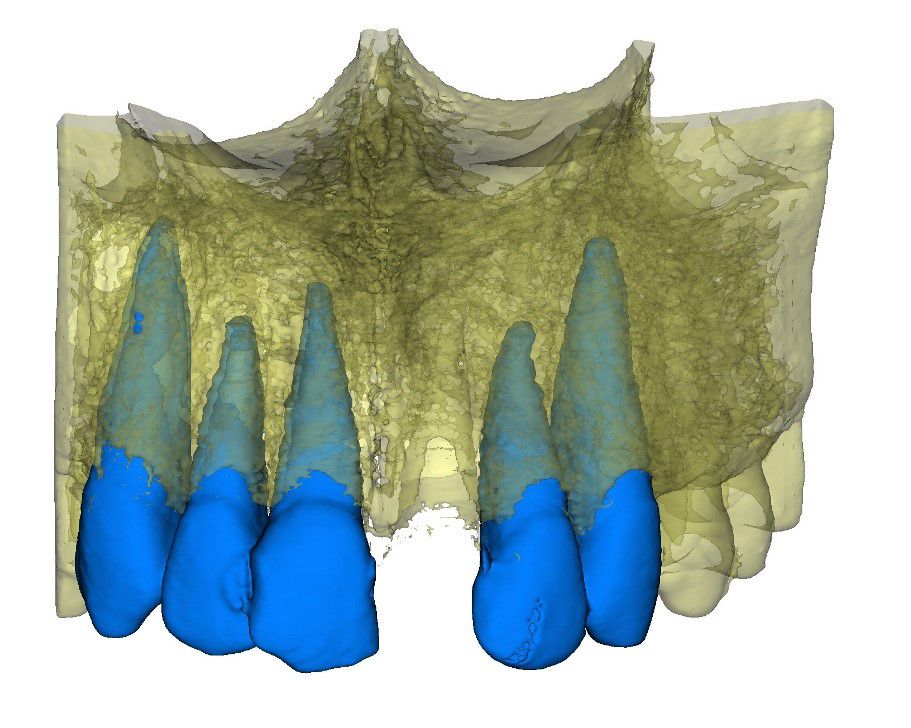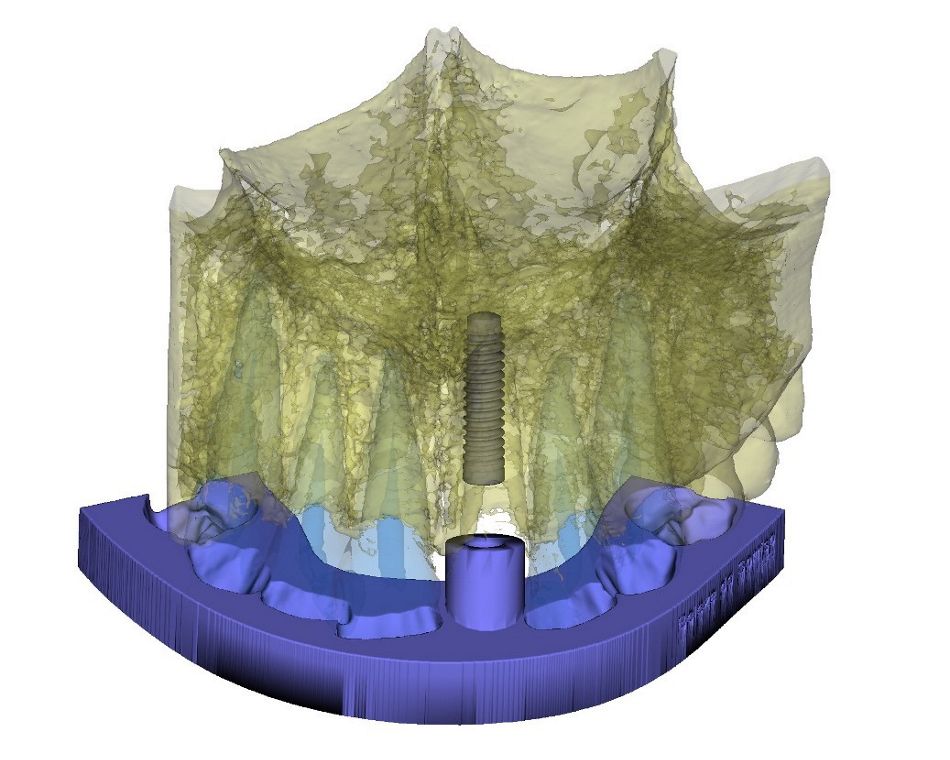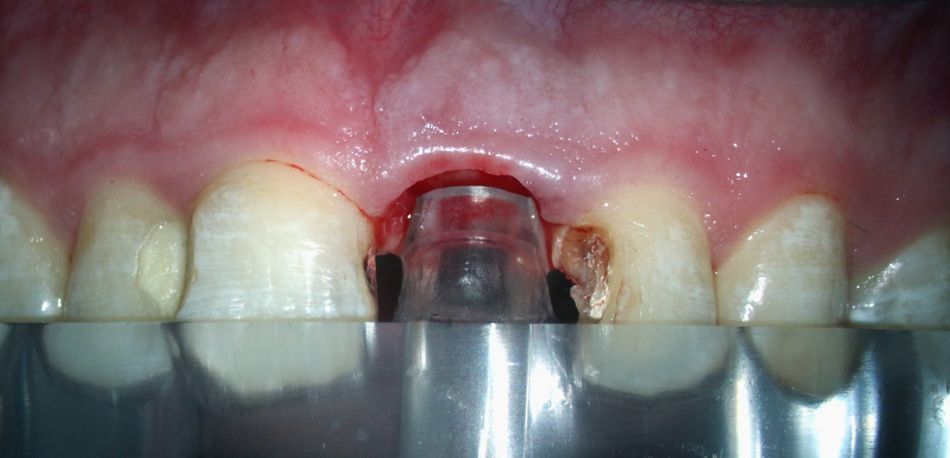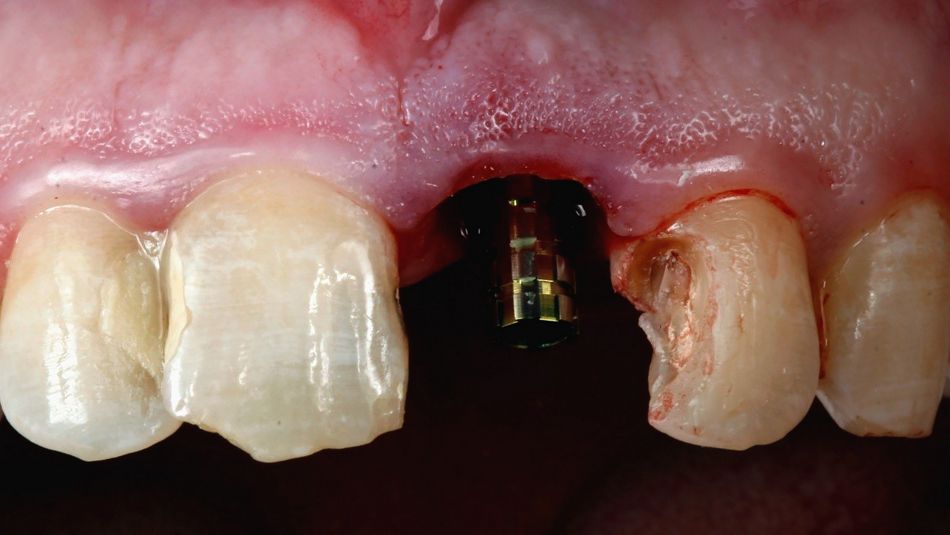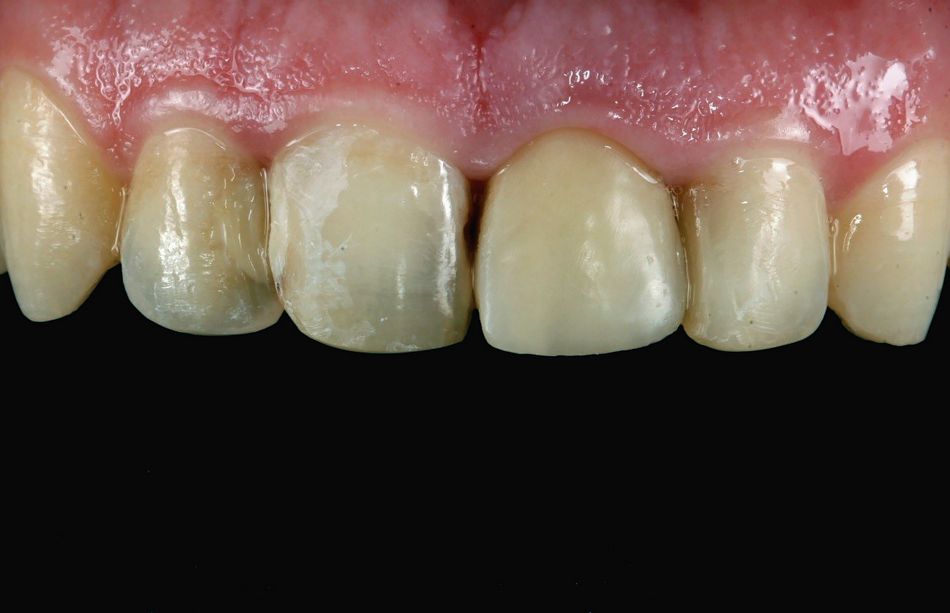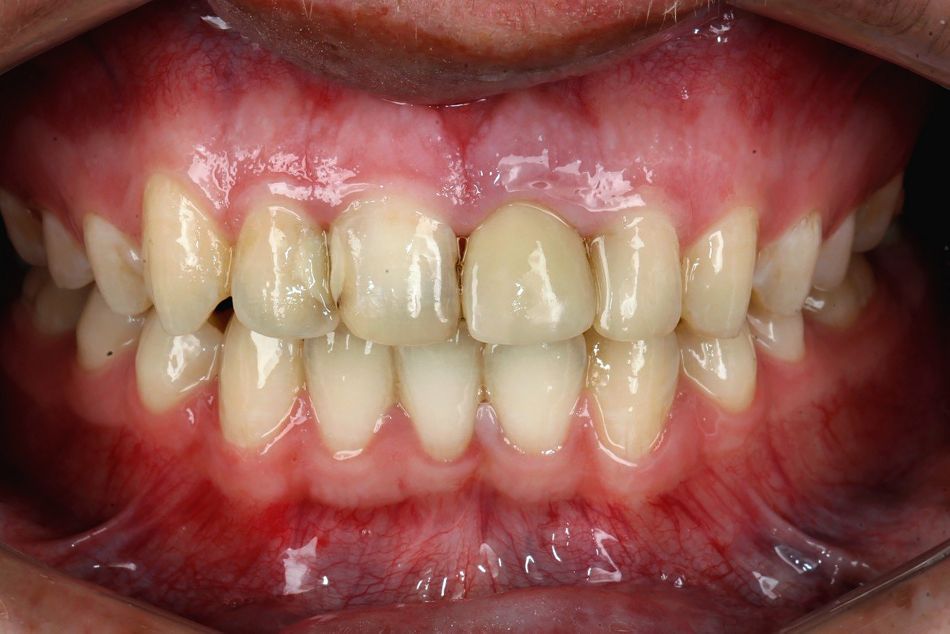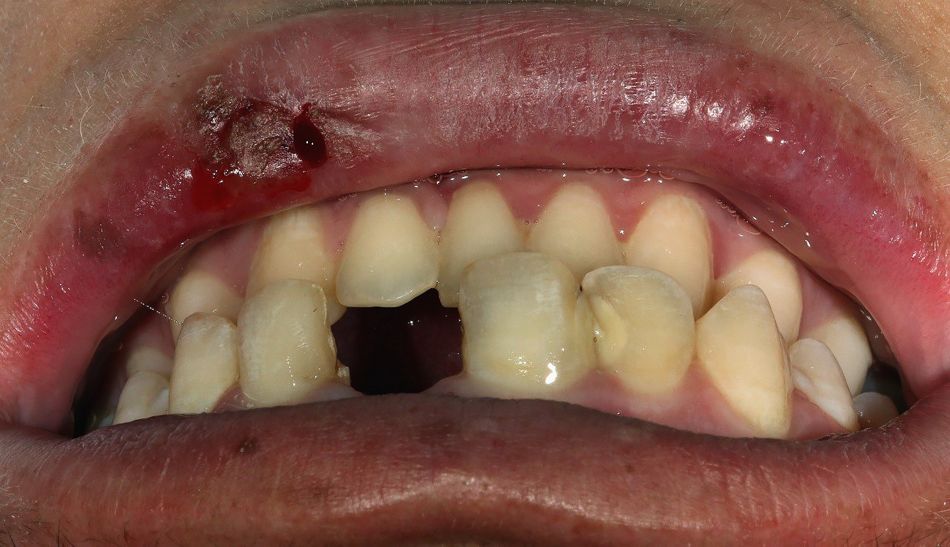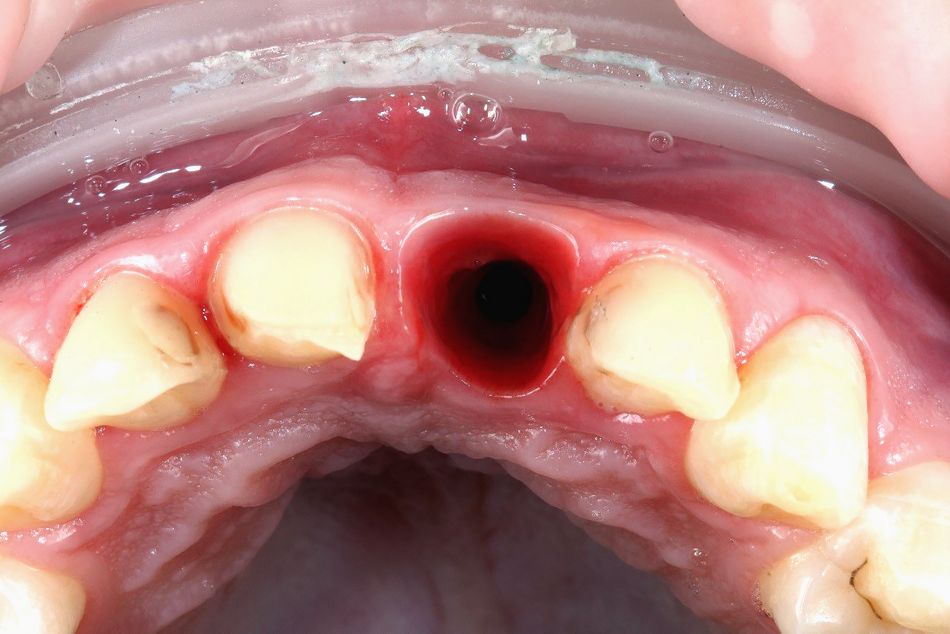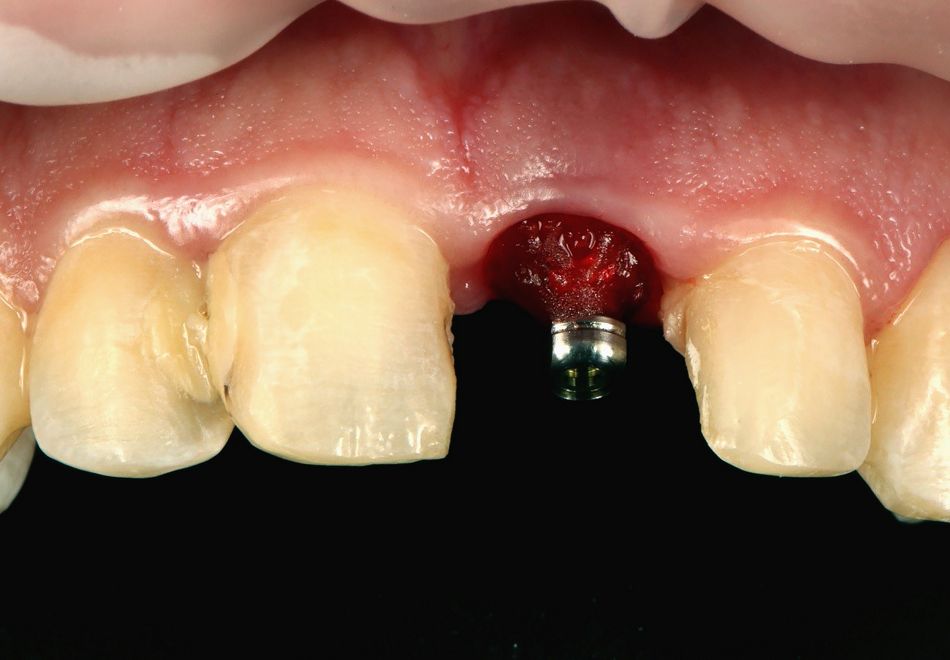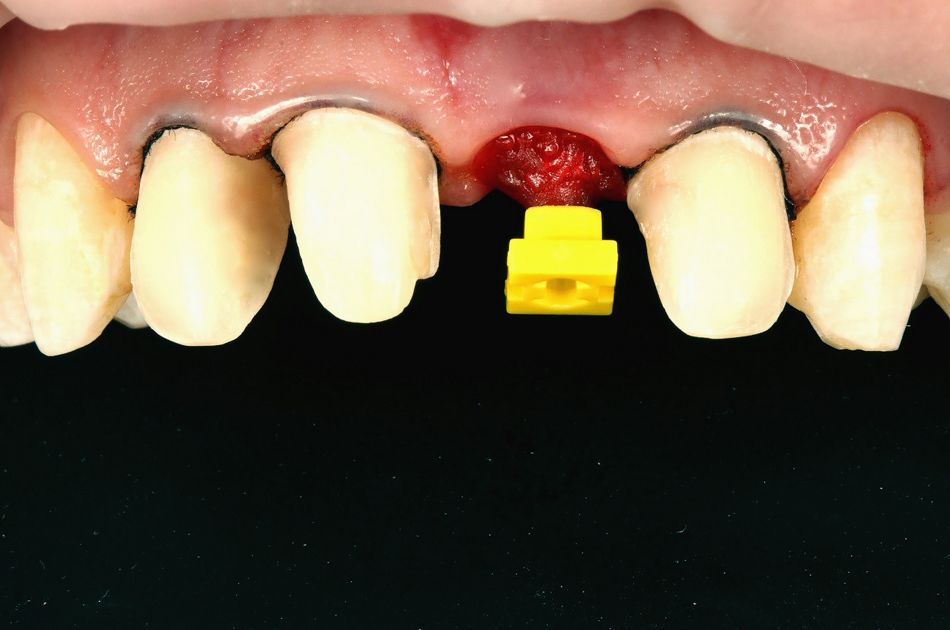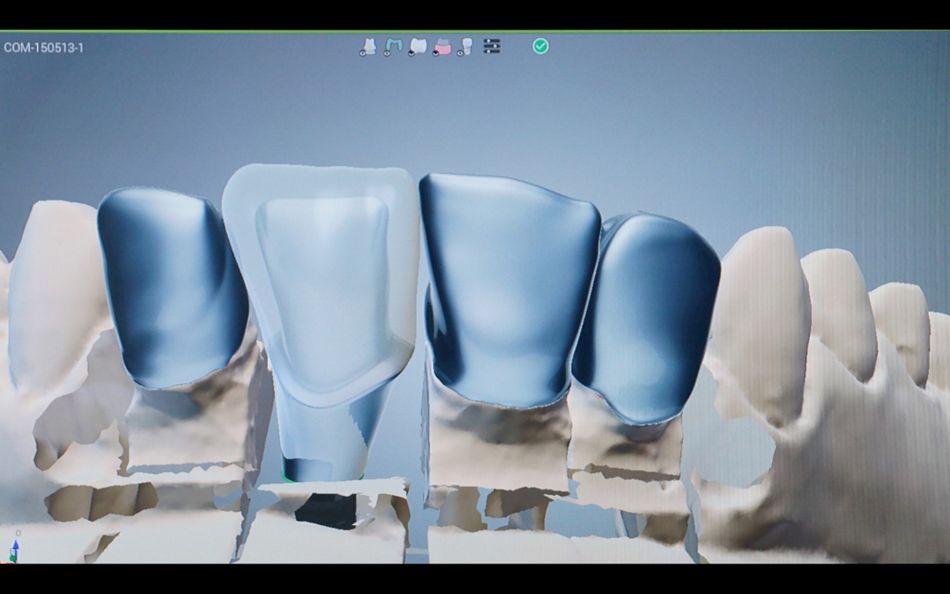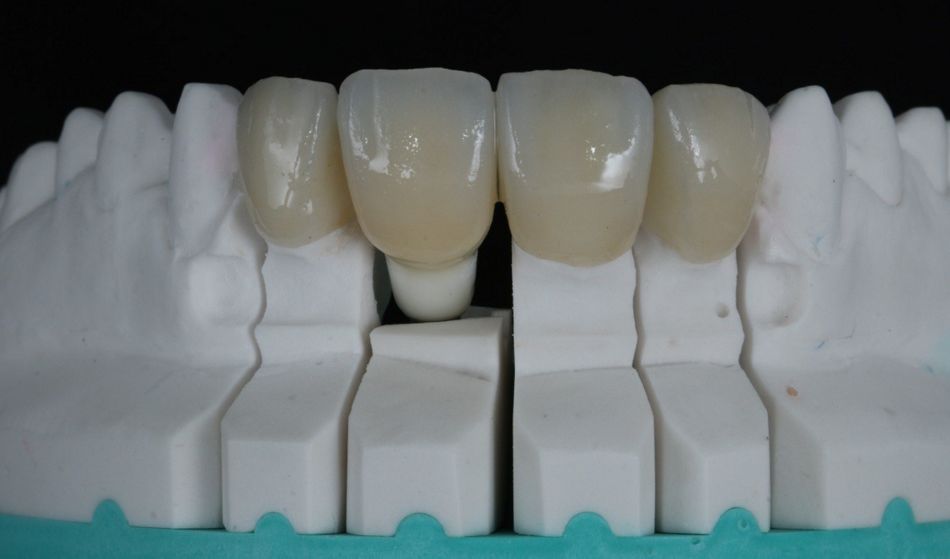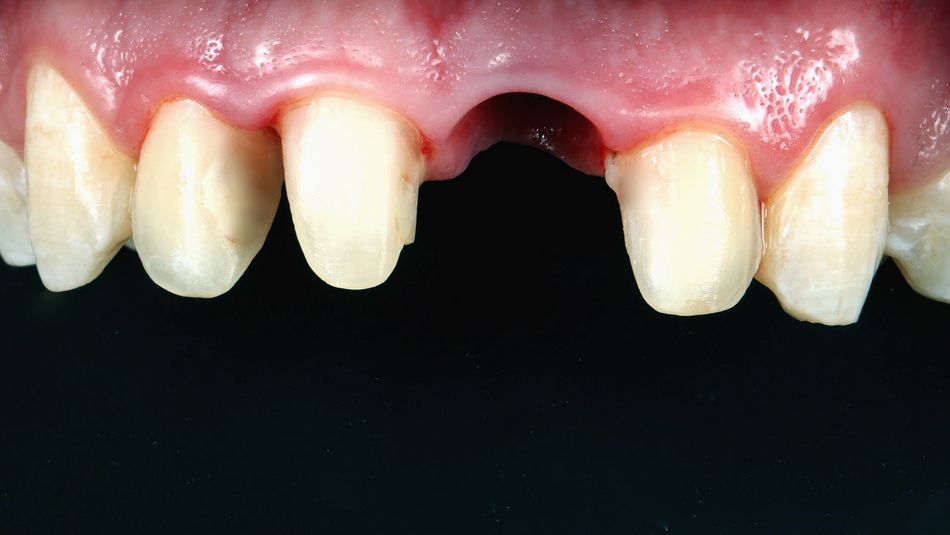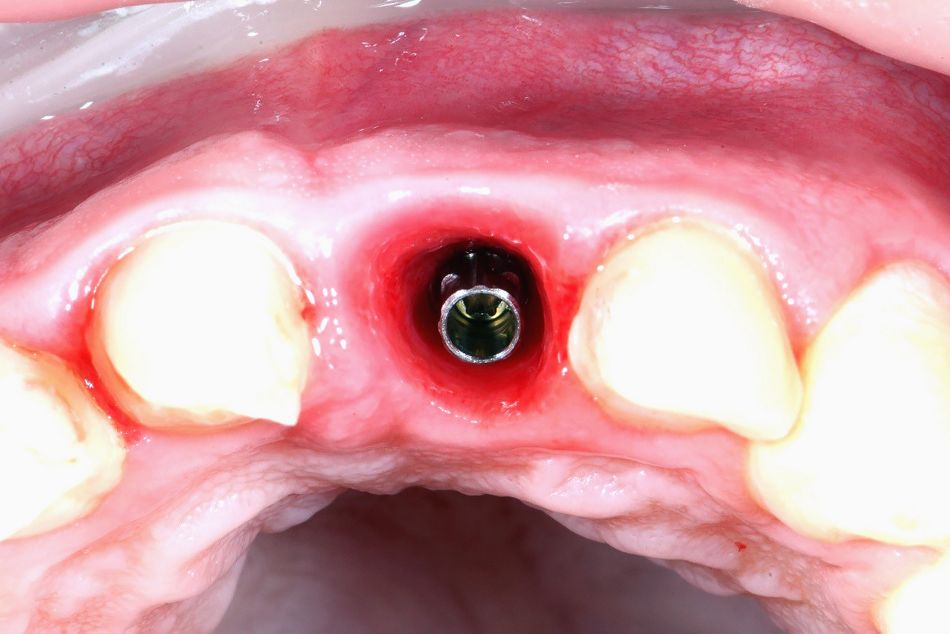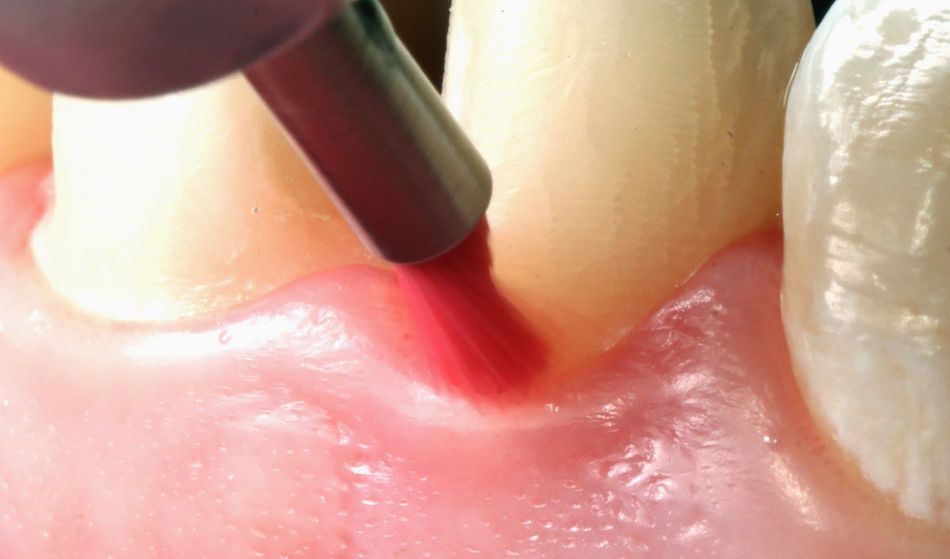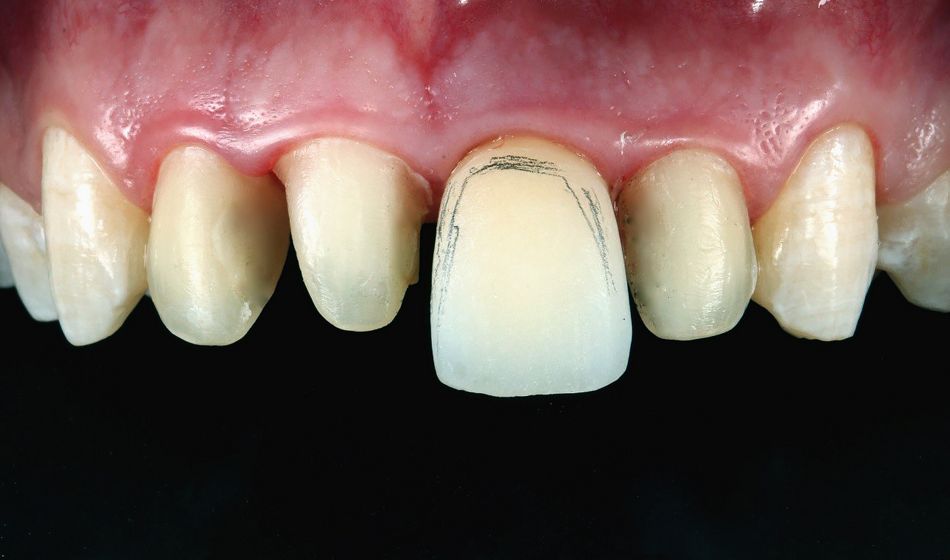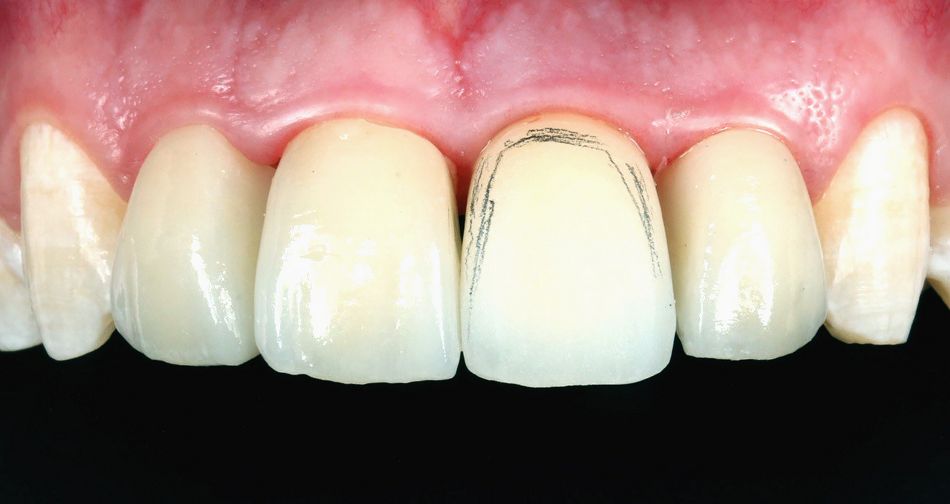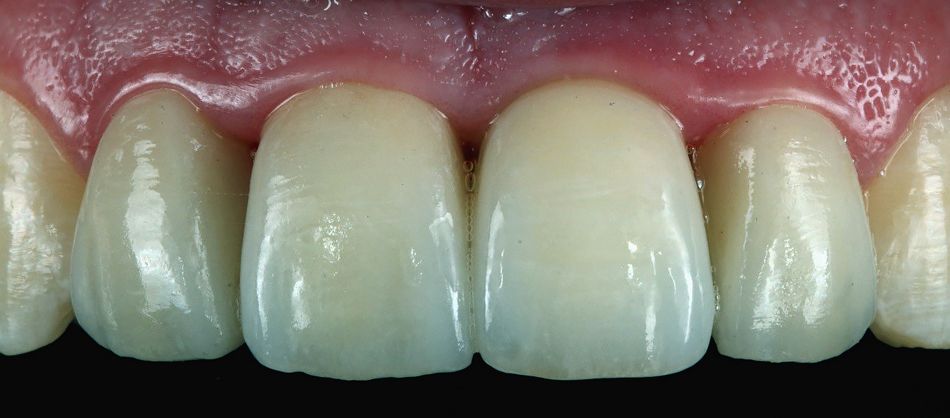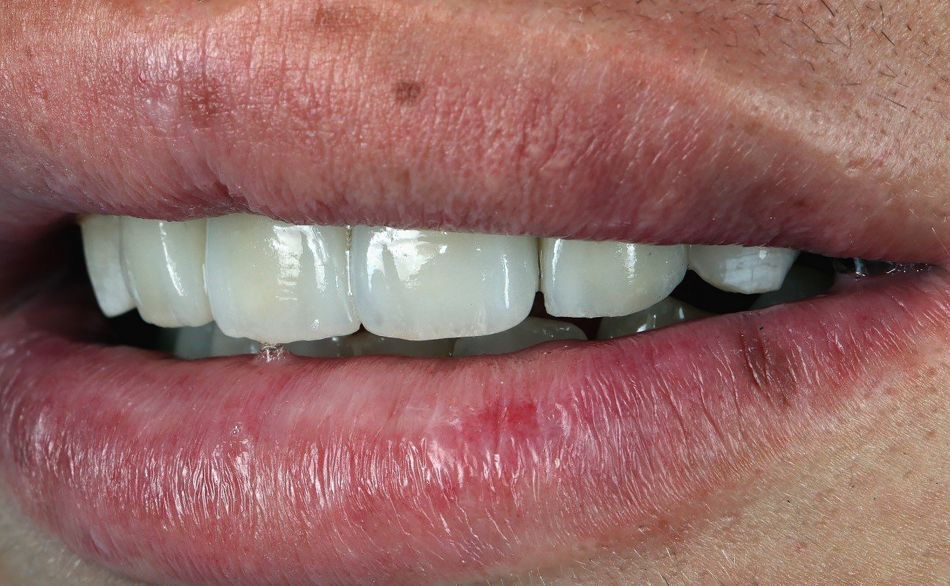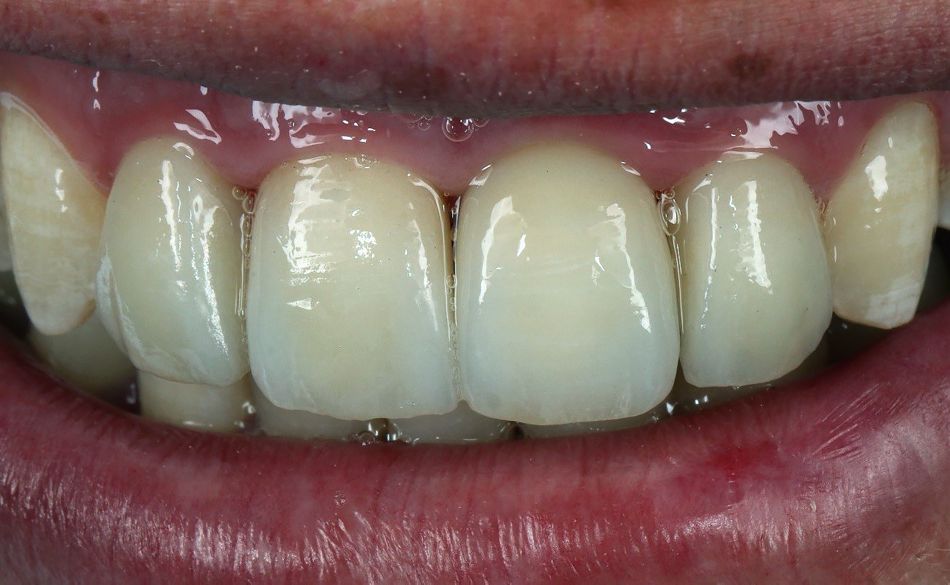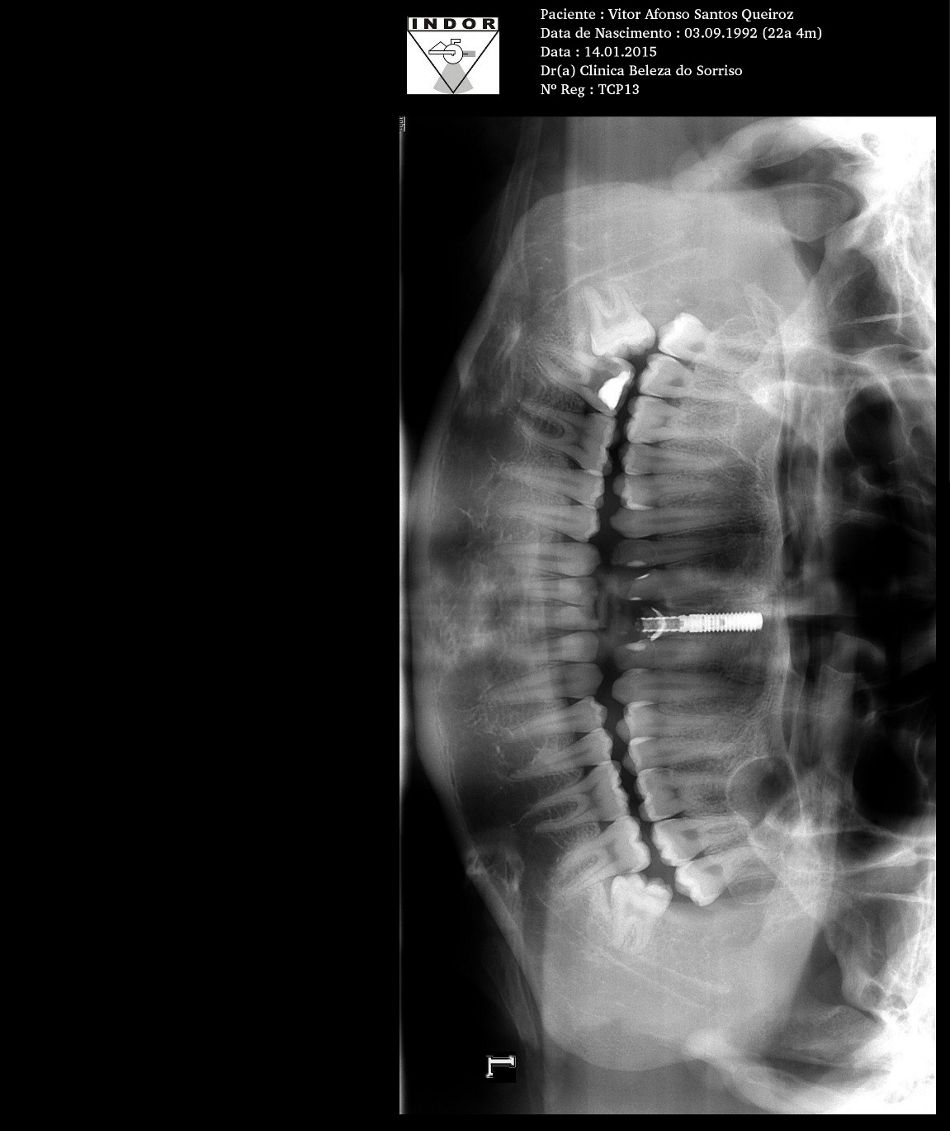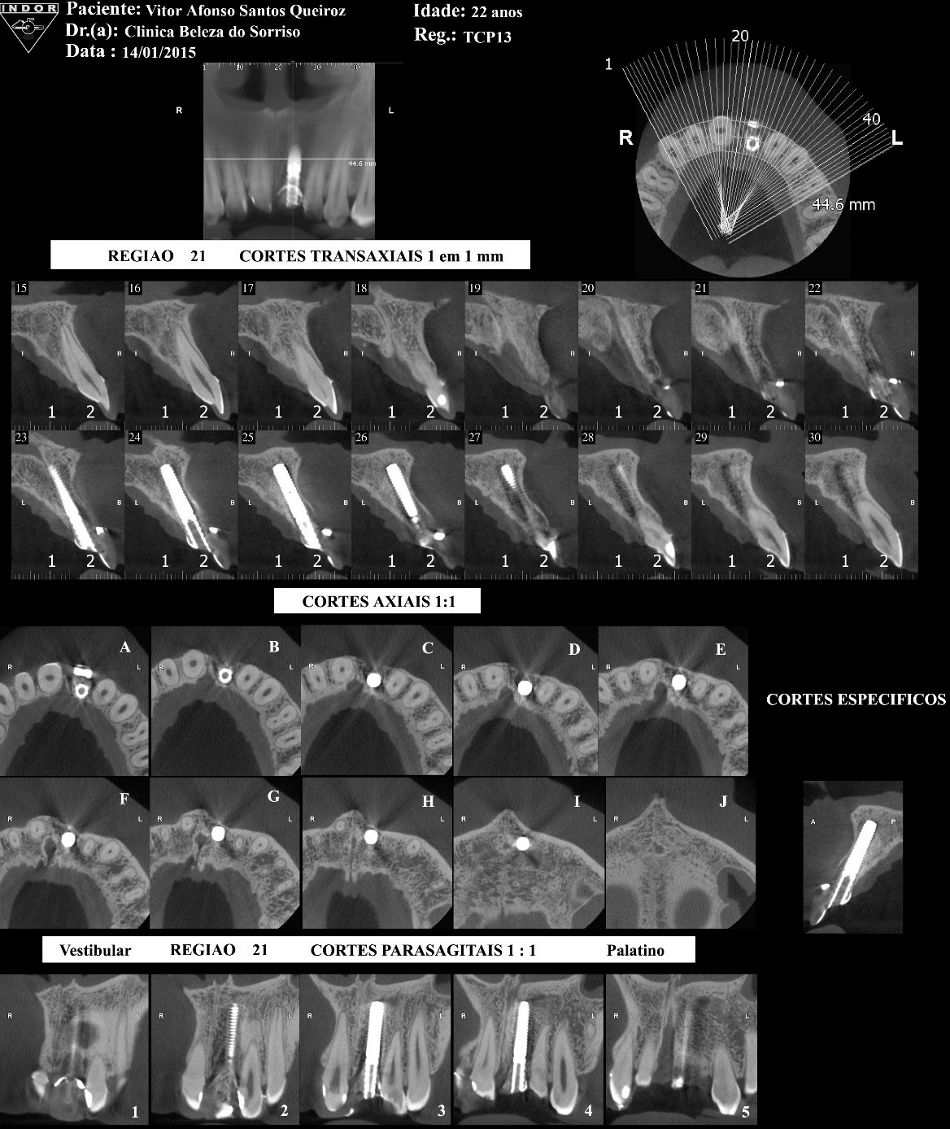Despite the complications in this case, resulting in the need to activate the implant on the eighteenth day post-placement, the Straumann® Bone Level Roxolid® SLActive® provided a very satisfactory outcome, demonstrating its stability, superior strength and surface treatment, even under extreme circumstances.
Initial situation
A 21-year-old male patient presented to the Clinic Beleza do Sorriso in São Paulo, Brazil, with a fractured element 21. He was dissatisfied with the esthetics in the anterior segment of the maxilla and had multiple active carious lesions in the interproximal regions of teeth 11, 12 and 22 (Figs. 1,2).
Treatment planning
The aim of planning is to set out a path to ensure the best possible outcome for a specific goal. In high performance dentistry, diagnosis and treatment planning are key elements of success. The first step in this case was to evaluate the patient’s medical history and to confirm that he was in good general health. When starting any esthetic rehabilitation treatment, a number of aspects must be considered: bone architecture, periodontal biotype, interproximal bone crest level and smile line. Plaster study models were then created, which, along with photographic documentation and imaging examinations, helped to identify the root fracture on tooth 21 and slight buccal bone loss. We used the concept DRP (Digital Reverse Planning) which allows full virtual planning, from the bone defect arising from the tooth extraction up to the final outcome of the ideal three-dimensional positioning of the implant in order to obtain the desired esthetic result. We opted for the extraction of tooth 21 and immediate implant placement. All the necessary information obtained through tomography was transferred to the software and a virtual guide was accurately designed. The customized guide was milled without metal washers and based on precise measurements so as to ensure precision placement of the Bone Level Roxolid® SLActive® 3.3 x 14mm implant (Figs. 3-5). After placement, the implant was immediately temporized; the adjacent decayed teeth were properly cleaned and prepared for ceramic fragments in order to correct dental rotations and enhance the esthetics of the anterior region.

